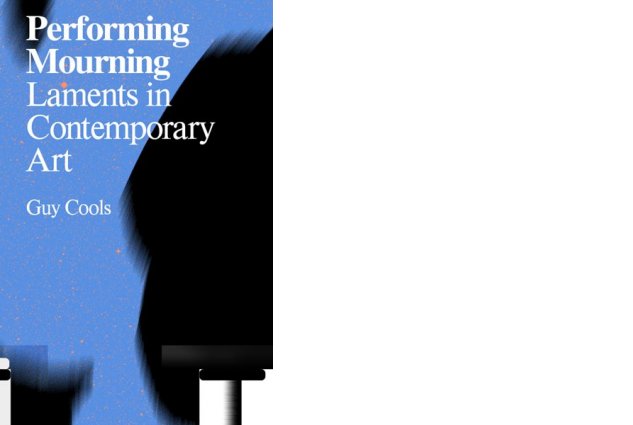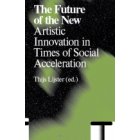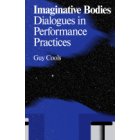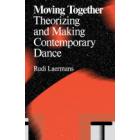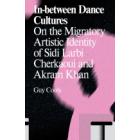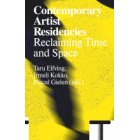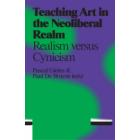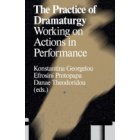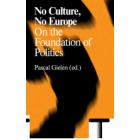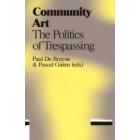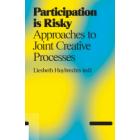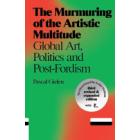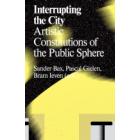Performing Mourning
‘Each person’s grief is as unique as their fingerprint. But what everyone has in common is that no matter how they grieve, they share a need for their grief to be witnessed.’
David Kessler (2019)
The pandemic has once again made us more aware of the fragility of life and the importance of being able to properly mourn the dead. Dramaturg Guy Cools has been researching laments and other rituals of mourning. He is particularly interested in how the emotions of loss need to be externalized. The laments are a formal device, used in many cultures to express and contain the emotions of grief.
In a poetic, meandering, personal way Cools explores cultural habits, traditions, rituals, and artists’ performances. His narrative looks into many forms of laments: literary, anthropological, philosophical, and in contemporary art practices. The latter part delves into artistic strategies to address or embody mourning: dialogical strategies that deal with personal losses; collective mourning rituals and how they invite communities to witness these losses; contemporary examples of laments that are not only used to dialogue with the dead but also to communicate with loved ones who are absent because of migration or exile; a very specific form of mourning that occurs when we grieve for the unrealized potential of a child’s unlived life, including that of an unborn child. And finally, the very recent phenomenon of lamenting not just the losses of the past, but also the loss of a future.

